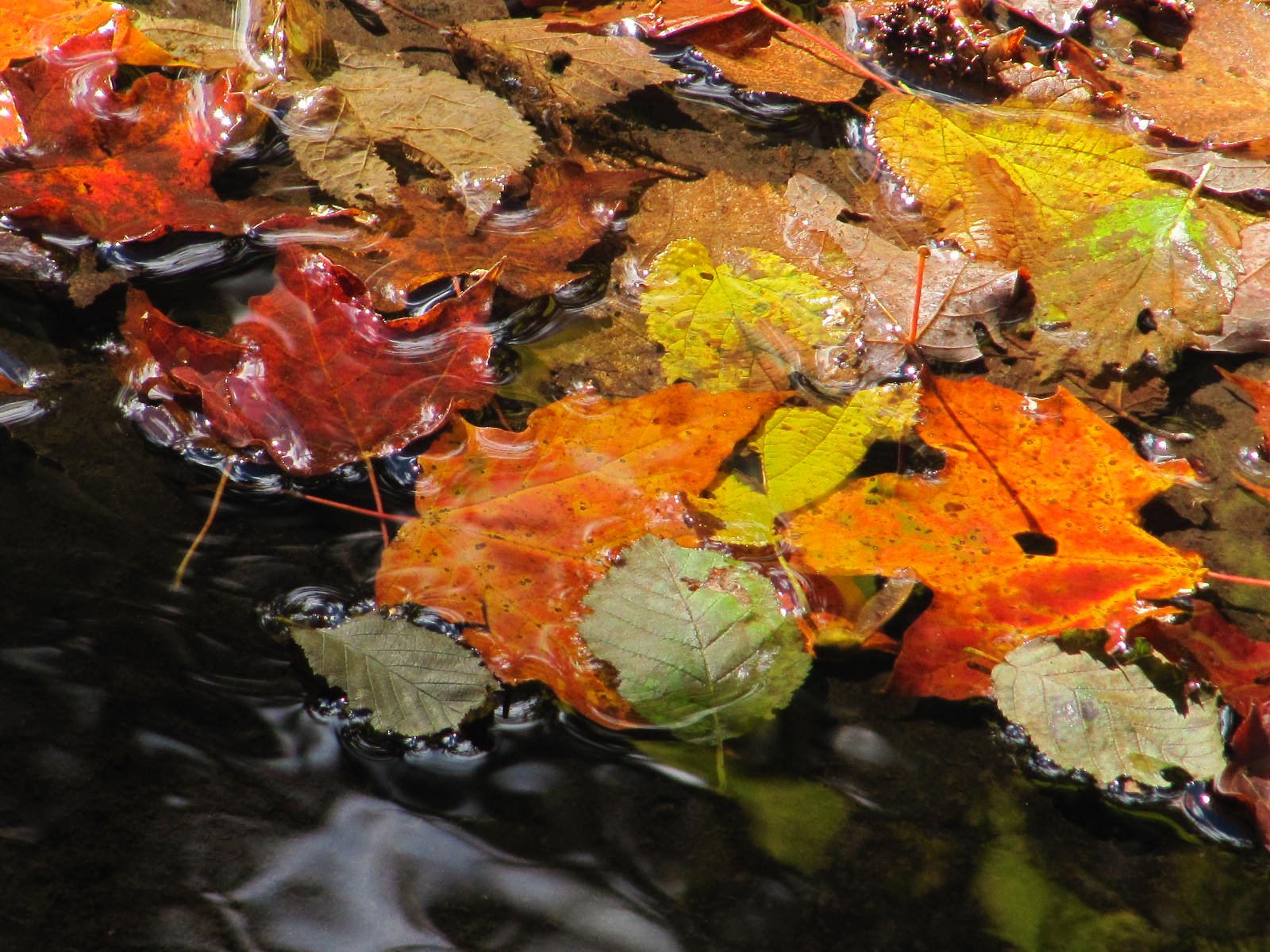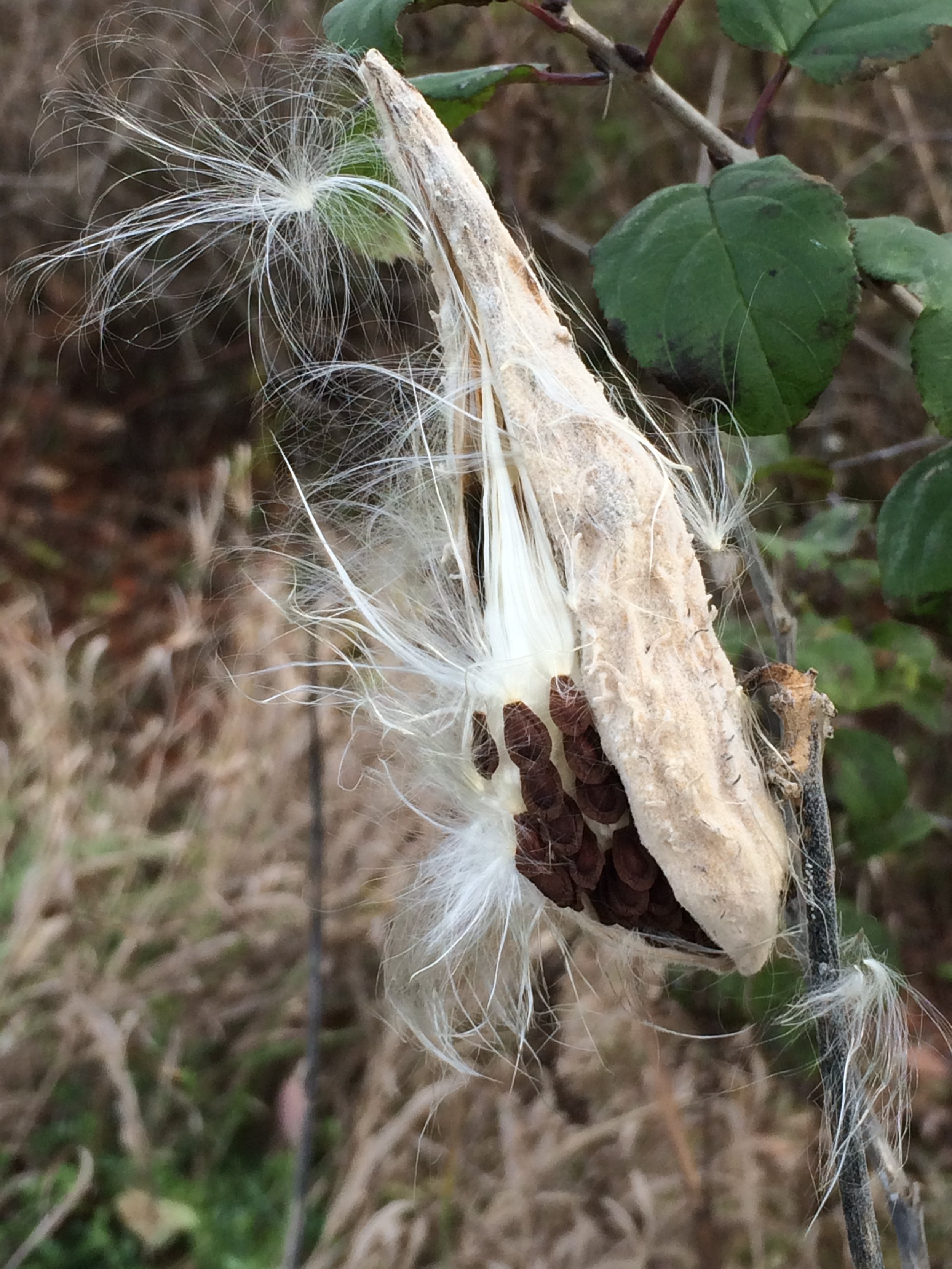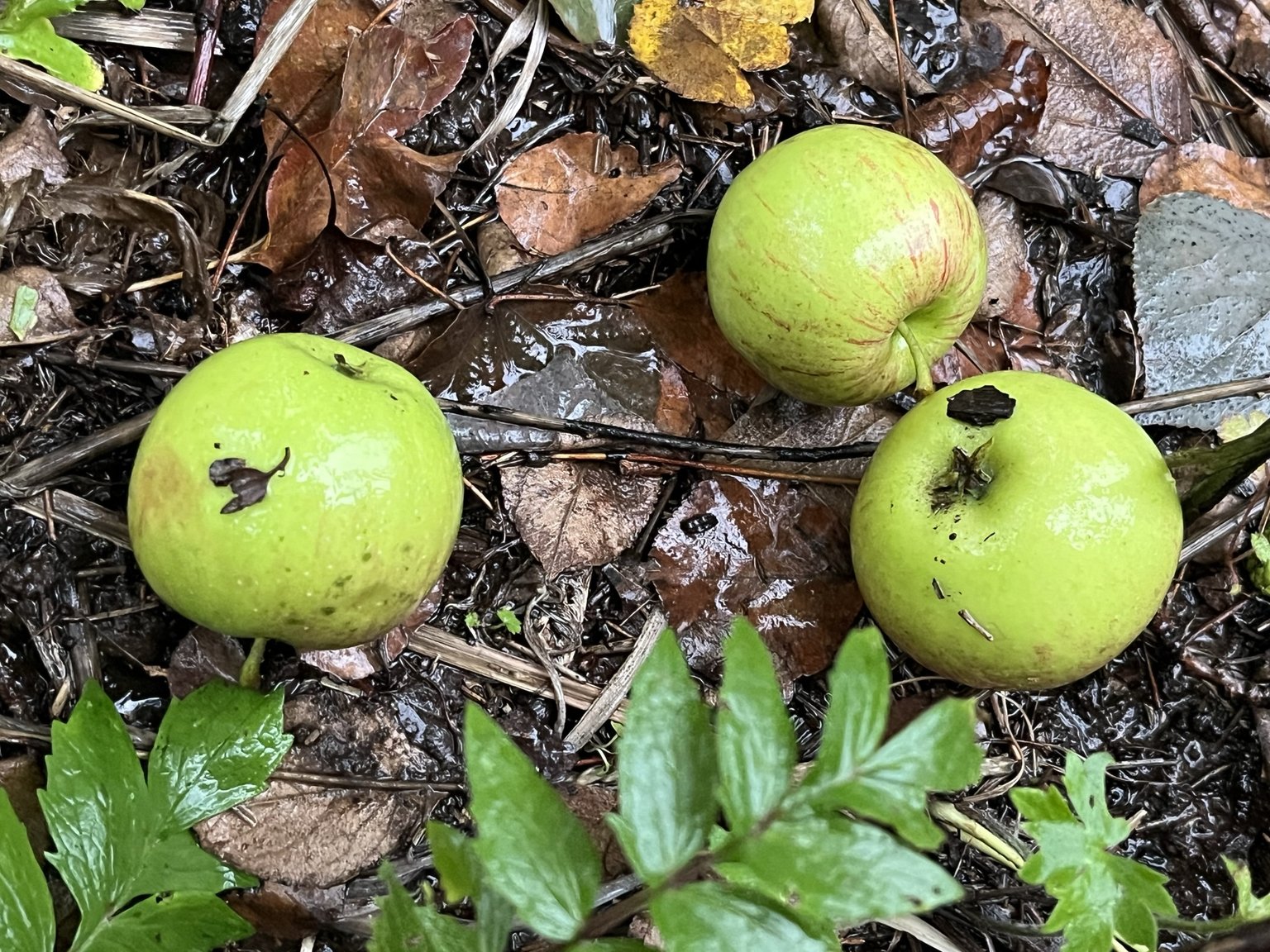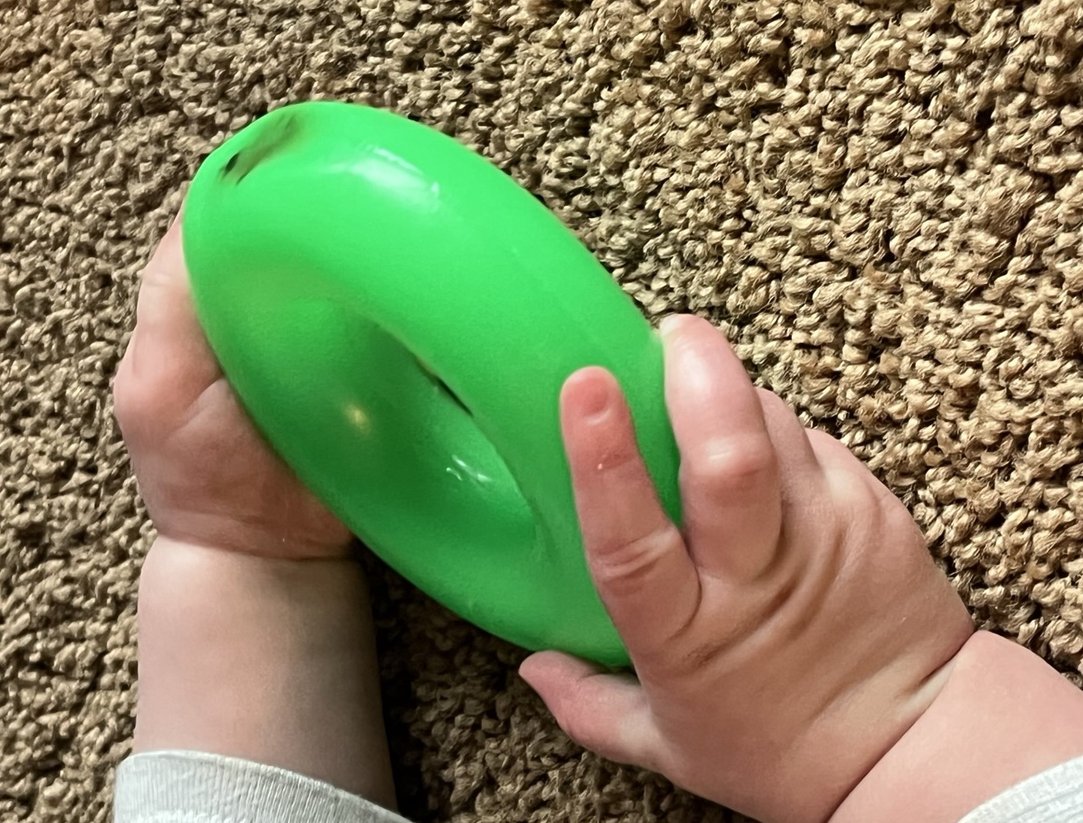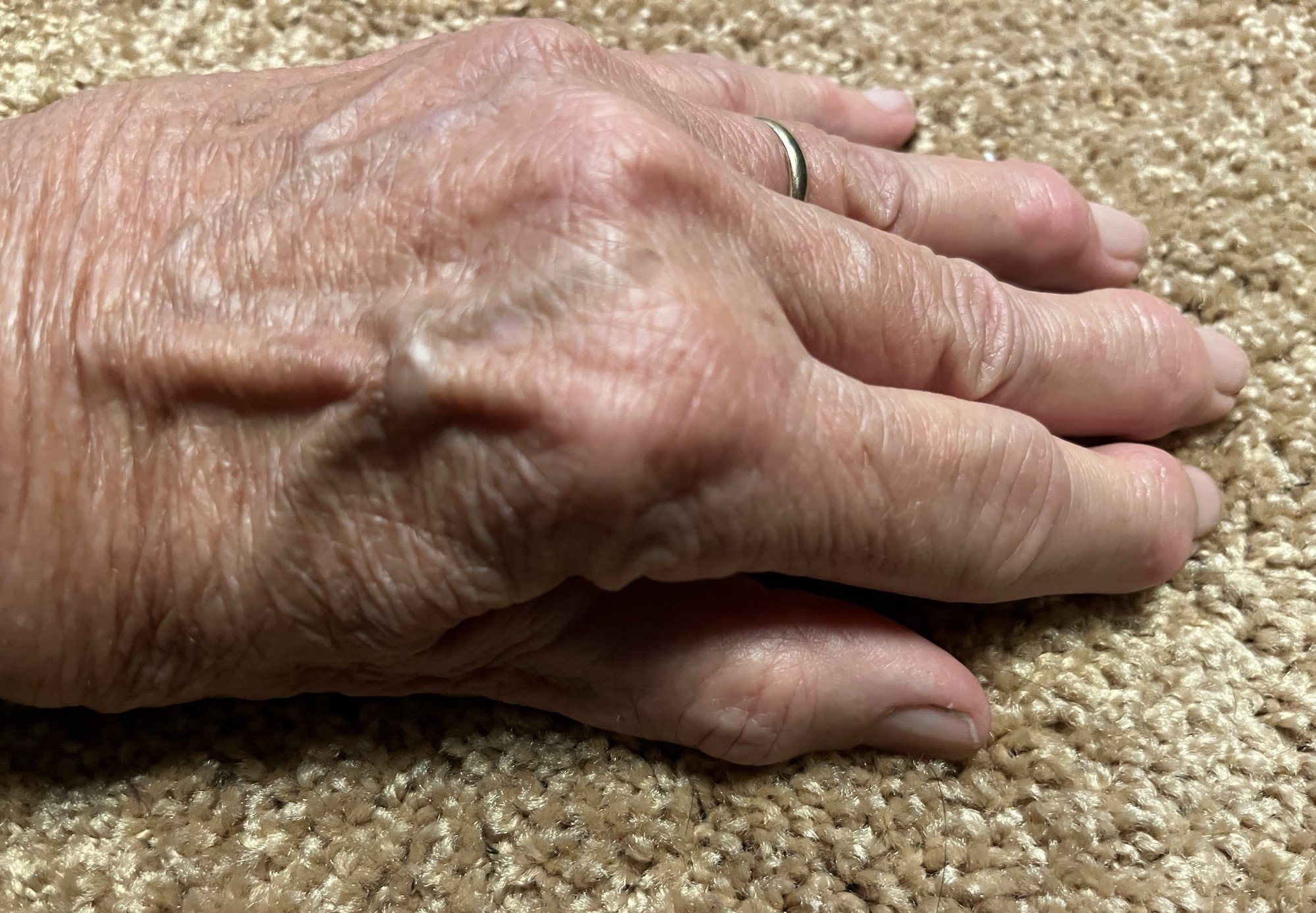I read my friend’s reflections on her now-grown daughter leaving home -- her exquisite and poignant reminiscences of her daughter’s first toddling steps toward her open arms and her now grown and confident steps away from them – while cuddling my grandson in my arms. I want to savor every moment of this precious being asleep in my arms, holding him close, breathing in the sweet scent of his body warm next to mine, and in the next instant, I’m cheering on his early attempts at lifting his body from the floor as he learns how to crawl away. The falling in love with complete abandon that is the gift of a child, the full open-hearted embrace, comes inevitably with loving them enough to let them go.
“To live in this world/you must be able/ to do three things:” wrote poet Mary Oliver, “to love what is mortal; to hold it/against your bones knowing/your own life depends on it;/and, when the time comes to let it go, to let it go.”[i]
The letting go bears repeating because the instinct to grab and never let go is so strong. “Learning how to love differently is hard,” writes poet Marge Piercy, “love with the hands wide open love/with the doors banging on their hinges,/the cupboard door unlocked . . .It hurts to thwart the reflexes of grab, of clutch; to love and let/go again and again.”[ii] To let go again and again. The letting go bears repeating for in our lifetimes we do it again and again and again and again.
We let go of lost loves, dreams denied, plans gone awry, cherished friends, and places we’ve called home. As the years go by, the letting go seems more frequent, but never easier. These last few years have felt a torrent of leavings and letting go’s. After the 2016 election, I had to let go of the naïve illusion that this country was beginning to turn a corner on its racist, sexist, homophobic past. Not long after, I let go of my life’s work at the university, only to see it slowly become dismembered by those in power who had so long sought its demise. Covid brought a letting go of my life in the community -- indoor gatherings, concerts, plays, dinners, weddings, and funerals – that continues to this day.
But it is the letting go of beloved friends and family that is the hardest lesson. So many of my friends of long duration have left this earth in the past few years. It was about three years ago to this day that I found one of my dearest friends barely conscious on her living room floor. Had I known how close she was at that moment to death, and had it been my decision to make, I would have let her go in the quiet of that intimate moment between life and death, her hand in mine -- one final holding before her body released. But instead, the ambulance was called, the paramedics rushed in, and she was swept away in the ambulance. Because I could not accompany her in those early days of Covid, she died soon after in the cold, harsh lights of the ER, surrounded by masked strangers. I wish I had given her a better leave taking.
Then there is the long letting go of dementia which is slowly eroding the memories, capacities, and personalities of some of those to whom I am closest in this life. Every time I say goodbye, I know that I will never see them again – not as they were, not as I’ve known them. It is a cruel teacher. I want to hold them close, beg them to stay with me, longing for the person I once knew and loved, loving them still and letting them go both at once. It is so oddly painful to be both in their presence and miss them so intensely. It is only now as I’m writing this that I’ve finally been able to acknowledge the grief enough to let go of the tears I’ve so long held back.
It seems it is the lesson of the season – of the cumulonimbus clouds letting go of their moisture; the buttercups and burdock their seed-filled burs; the maples, oaks, birches, and ash their leaves; the Haralson tree its apples; the milkweed pod its seeds. And they do it again and again. In their letting go, the living beings in our midst show us how to release graciously, without reservation, generously sharing their abundance and their gifts.
The Anishinaabe and other indigenous cultures practice the ceremony of the “give-away,” also known as the “potlatch” – a releasing of one’s treasures to others in the community. It is a vital part of sustaining relation, as well as of demonstrating leadership. As I first heard indigenous elder Rayna Green say so many years ago, “power is given to those who give.”[iii] And as Robin Wall Kimmerer writes, “This is the fundamental nature of gifts: they move, and their value increases with their passage. . . . The more something is shared, the greater its value becomes.”[iv] I find such wisdom in this practice – a preparation for all the many letting go’s in life, until that final letting go.
For many years, on the last day of my Women and Spirituality class, my students and I participated in a small-scale version of this practice – each one bringing some treasured item they would then give away to someone else in the class. Each time it tested my desires to possess and hoard. The greater the significance to me, the more difficult to release. Yet, paradoxically, it also seems the greater the love, the more that love enables their release. Is that not the wisdom of Solomon in recognizing the true mother as the one who renounced her claim to the child in order to spare their life?[v] Is that not the task of every mother, every parent – to love so deeply as to be willing, when the time comes, to let them go?
So many have told me that the wonderful thing about grandchildren is that you can have all the fun and play and giggles and glee, and then give them back to their parents. But I don’t want to let go of this treasured time, this cherished child. I want his sunshine morning smiles and his middle-of-the-night tears so easily calmed in the cradle of my arms. I want his adventures in eating and his bold efforts to move steadily toward the objects of his desire. I am not eager to let him go.
In the past two months, Marty has just begun to learn how to reach and grab. Every day he becomes more adept, more able to hold and not let go. So it begins. At the other end, with my aging arthritic thumbs and fingers, the ability of my hands to grab and grasp, to clutch and clasp, has diminished. Perhaps this is the wisdom of my body. No sooner do we learn how to hold on tight than we begin to learn to release and gently let go.
And so, with one hand we hold on, with the other we let go. As Mary Oliver sagely recognized, we need both the holding and the letting go, each equally motivated by love.
Sources
Green, Rayna. 1990. “American Indian Women: Diverse Leadership for Social Change.” In Albrecht, Lisa and Rose M. Brewer, eds. Bridges of Power: Women’s Multicultural Alliances. Philadelphia: New Society Publishers. 61-73.
Kimmerer, Robin Wall. 2013. Braiding Sweetgrass: Indigenous Wisdom, Scientific Knowledge, and the Teachings of Plants. Minneapolis: Milkweed Press.
Oliver, Mary. 2017. Devotions: The Selected Poems of Mary Oliver. New York: Penguin.
Piercy, Marge. 1980. The Moon Is Always Female. New York: Knopf.
[i] “In Blackwater Woods,” Mary Oliver, Devotions.
[ii] “To have without holding,” Marge Piercy, The Moon Is Always Female.
[iii] I heard Rayna Green say this in her keynote at the 1988 conference of the National Women’s Studies Association in Minneapolis. The speech was since published in the anthology from that conference, Bridges of Power: Women’s Multicultural Alliances, 70.
[iv] Braiding Sweetgrass, 27.
[v] The reference is to the Biblical story of King Solomon’s resolution of a dispute between two mothers, each claiming to be the mother of the same child. Solomon ordered the child to be cut in half and shared between the two. Only one then gave up her claim to the child, and by her willingness to let her child go rather than be harmed, he knew her to be the true mother. Kings 1:3.

